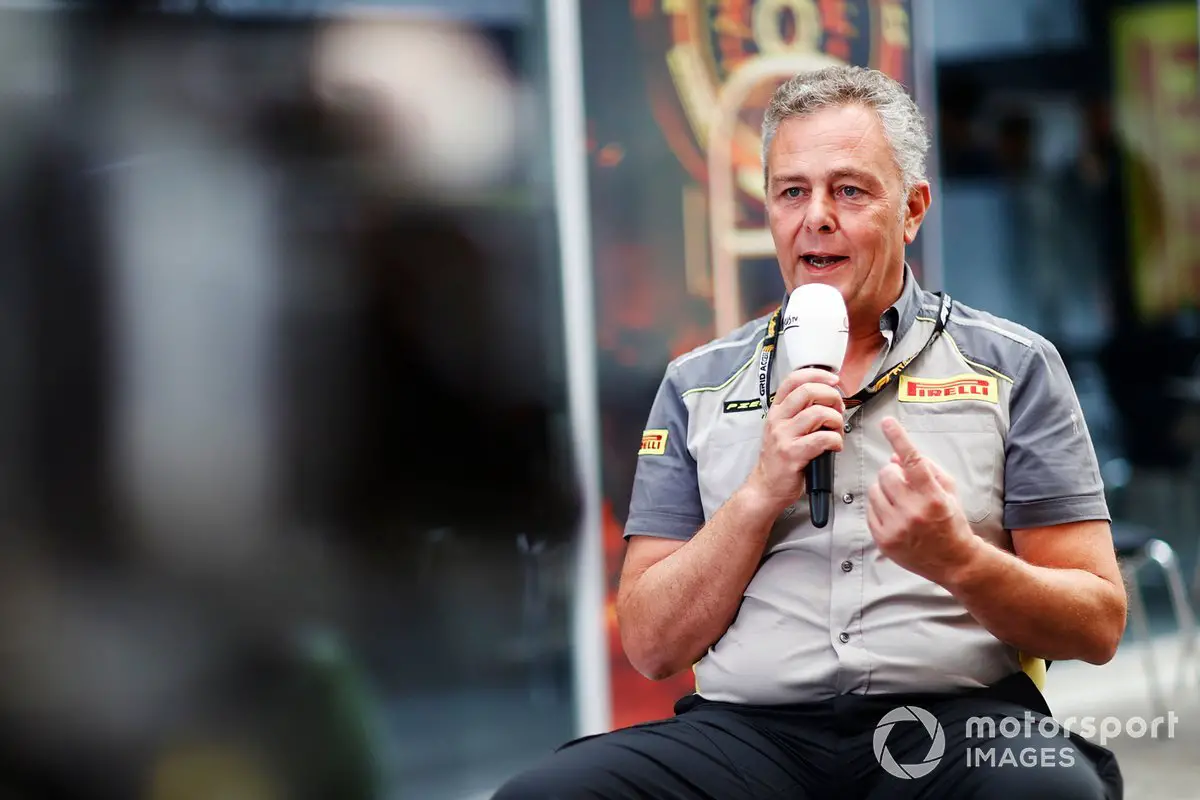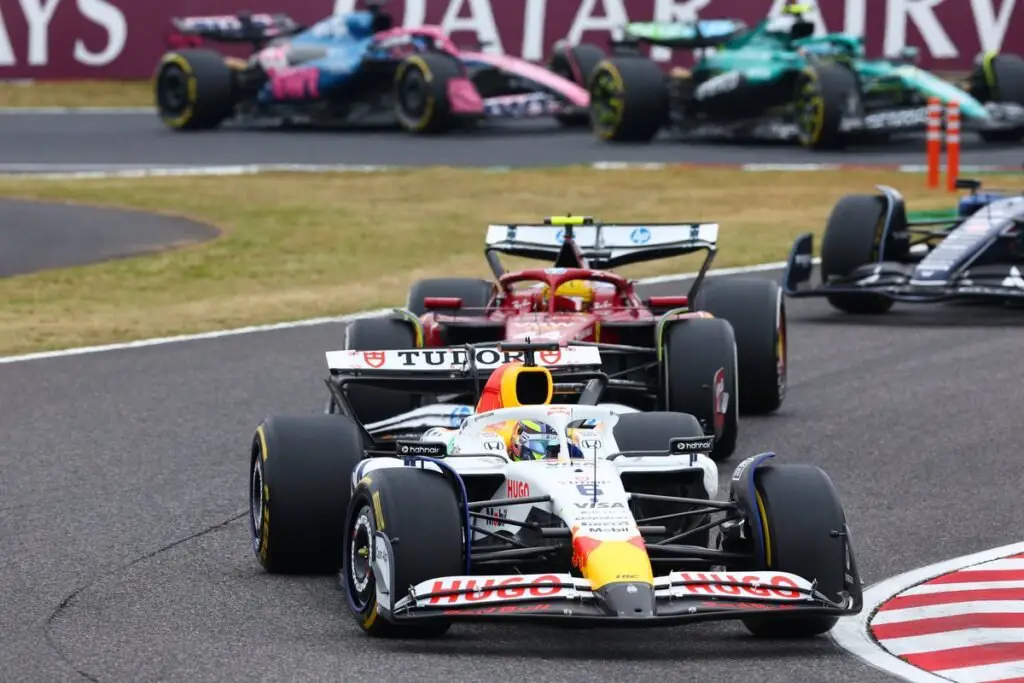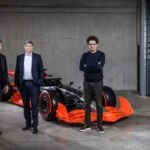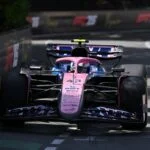Navigating the Fine Line Between Tire Performance and Driver Demand in Formula 1
The ongoing challenge for tire manufacturer, Pirelli, since its appointment as Formula 1’s sole tire supplier in 2011, has been to strike a balance between delivering tires that perform optimally but degrade rapidly, and the drivers’ preference for durable rubber that allows them to push throughout an entire stint. This delicate equilibrium is hard to achieve, yet essential to ensure thrilling, strategic races without prolonged processional phases.
The Quest for a Balanced Formula 1 Race Experience
Nobody, including the drivers, desires races characterized by long, cautious phases where overtaking is scarce due to fear of tire degradation. When overtaking opportunities are limited, either due to track design or closely matched car performance, maintaining track position becomes the primary strategic objective, leading teams to minimize pit stops.
This year, Pirelli has catered more to the drivers’ wishes by enhancing the resilience of its compounds. The result? More one-stop races with reduced strategic variation. At several rounds, the difference in life and lap time between hard and medium compounds has been negligible, effectively eliminating the strategy of extending a stint for tactical advantage later in the race.
Pirelli’s Proposed Solution: Skipping Compounds for Enhanced Strategy Variety
Concerned about the processional nature of some races, Pirelli has suggested a solution: “skipping” compounds to create a larger step in tire performance. This could encourage two-stop strategies or introduce an element of risk during sprint weekends, compelling teams to make tough decisions and potential sacrifices.
However, this strategy hinges on the performance of the new C6 tire, introduced this year but yet to be raced. At Imola, the C6 will be available for the first time, providing valuable data that will inform Pirelli’s decision regarding the feasibility of compound skipping.

The Role of the C6 Tire in Shaping Formula 1’s Future Strategy
According to Mario Isola, Pirelli’s motorsport boss, the current compounds cannot be altered during the season. As such, Pirelli must find alternative strategies to influence team behavior. “We need to understand if there is any other possible approach in tire selection to push them [the teams] to have a two-stop strategy,” Isola explained during the Miami weekend.
For Imola, Pirelli will bring the softest choices of the season so far, with the C6 originally envisioned as a super-soft option for street circuits. Pirelli aims to avoid repeating the fate of the ‘hyper-soft’ compound introduced in 2018, which failed to deliver its anticipated benefits due to the entire grid adopting a single-stop strategy.
Gathering Crucial Data on the C6 Tire at Imola
Pirelli wants to observe how the C6 performs under race conditions because all they currently have is test data, which may not be fully representative. “Hopefully, if it’s dry, [the aim is] to get data on the C6,” said Isola, “and then try to simulate again other races to see if skipping one level [will work] – for example, between C3 and C4 the delta lap time is quite close, maybe we can consider C2, C4 and C5.
For Monaco this year, two stops have been mandated, but this may not be universally adopted due to potential strategic uniformity. The goal is to achieve a scenario with more strategic variety and less obvious optimal choices – thus encouraging a mix of one and two-stop strategies, possibly even three.
Encouraging Strategic Variation in Formula 1
Achieving this balance is best done through encouragement rather than force. The risk associated with having larger gaps between compounds is that one becomes the de facto qualifying tire and never used in race conditions. Pirelli has been working with the commercial rights holder to simulate potential outcomes and mitigate this risk.
We can also do C1, C3 and C5,” said Isola. “I’m not sure about the result, but we can do that.” Pirelli will never make such decisions unilaterally; they will propose their ideas to the FIA and Formula 1, share them with the teams, and then reach an agreement with the FIA’s approval.
Some of Pirelli and Formula 1’s simulations have explored the possibility of forcing teams into difficult trade-offs during sprint weekends – perhaps sacrificing some performance in the sprint to have a more optimal tire selection for the race. Whether these scenarios can be engineered, given the teams’ simulation capabilities, remains to be seen.
The Evolving Relationship Between Pirelli and Formula 1
It’s a never-ending story,” said Isola. “We try to create an issue for the teams, and they find a solution…” As the relationship between Pirelli and Formula 1 continues to evolve, so too will the strategies employed to ensure exciting, strategic races that keep fans on the edge of their seats.







